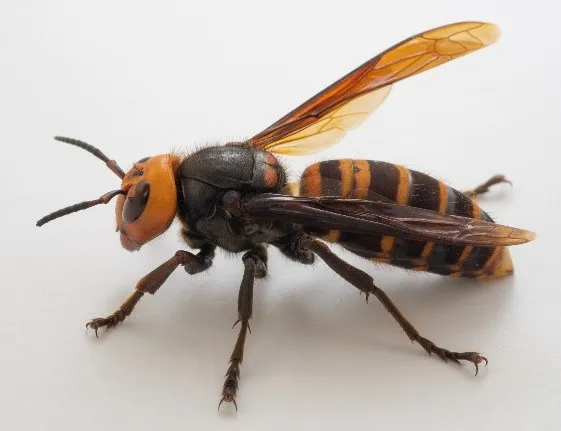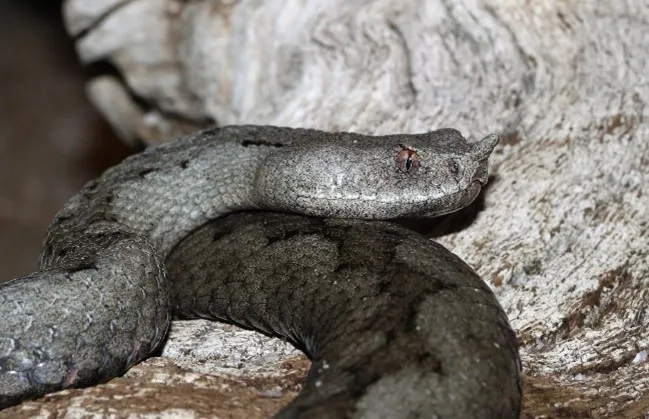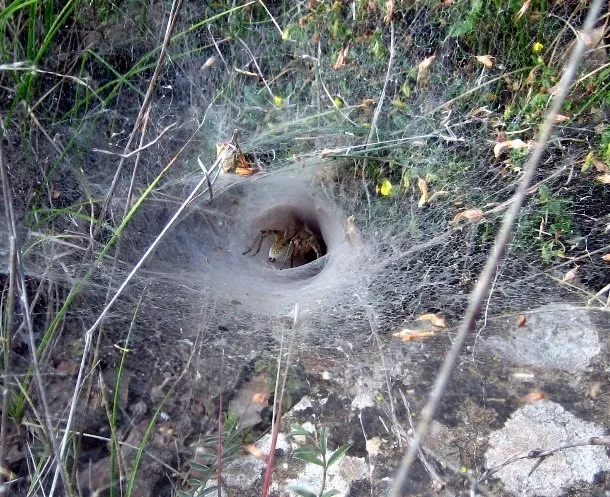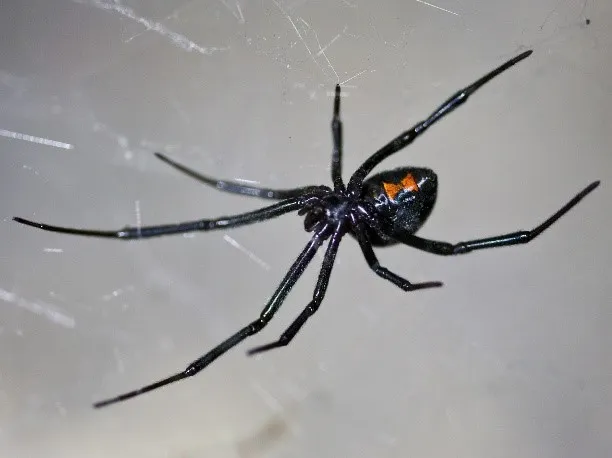Creature Discomforts: Creepy Crawlies Brits Should Avoid In Europe
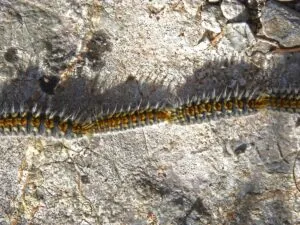
Prospective expats and travellers from the UK have been urged to be wary of potentially dangerous creepy crawlies that are commonly found in other European countries. Overseas property experts at PropertyGuides.com have revealed five creatures that naïve Brits should try and avoid when they’re travelling temporarily or permanently moving overseas.
Venomous snakes, poisonous spiders and stinging insects can quickly turn idyllic locations from heaven to hell.
Even in beautiful countries like Spain, Greece and Italy, there are some potentially problematic pests that can lurk in dim corners, on the beach, or even in the home.
Christopher Nye, senior content editor at Property Guides said: “Us Brits are quite fortunate in the fact that we don’t have to worry about our wildlife too much. We only have one venomous snake in the Isles and our native insects and arachnids are pretty tame.
“The same can generally be said of most European countries, however the hotter climates have produced some slightly nastier creepy crawlies that unsuspecting families should steer clear of – particularly when you’re further out in the sticks.”
- Asian Hornet – France and Spain
The Asian hornet is a species of hornet indigenous to Southeast Asia, but they entered France in 2004 and later Spain in around 2010. Whilst it is not regarded as being especially aggressive, they do tend to sting if feeling threatened or if its nest is attacked, so it’s best to keep them at arm’s length. They’re typically around 3-4cm long, but the queens can exceed 5cm – so they’re hard to miss!
- Long-nosed Adder – south-eastern Europe
Found in south-eastern Europe from Hungary and Austria to Italy, Romania and northern Albania, this small viper is commonly found in farms, open fields and rocky slopes.
The Long-nosed Adder is responsible for many bites which can be fatal, though chances of survival are good with medical aid. Its venom is haemotoxic, causing severe pain and massive tissue damage.
- Processionary Pine Caterpillars – Spain
These Caterpillars might look cute and furry, but they can be dangerous to children and dogs – so steer clear! Those seemingly ‘fluffy’ hairs are actually severely irritating as they are toxic, causing rashes, eye irritation, coughing and allergic reactions. The hairs are also carried in the wind, which can be problematic. They can be found all over Spain, and some have even made their way to parts of the UK, as global warming is causing the species to move progressively further north.
- Mediterranean Funnel Web spider – Coastal areas across the Mediterranean
Linked to their lethal cousins in Australia, Mediterranean funnel web spiders are impressive arachnids that weave and live in funnel-shaped webs – hence the name. It’s one of the largest spiders in Europe measuring at around 30 millimetres (1.2 in) long; but females are typically larger.
They’re active all year along the Mediterranean Sea and the coastal areas and their bites can cause a nasty sting, so best to avoid them where possible.
- Black Widow spider – France
In Corsica, Provence and even along the Atlantic coast, you might encounter the most dangerous spider in France: the Black Widow. Their venom is about 15 times stronger than rattlesnake venom, meaning the bite of this insect can damage the nervous system, causing hallucinations or even behavioural disorders. However, it’s important to note that most victims recover without serious complications.
This spider is also commonly found throughout the Mediterranean region more generally, ranging from southern Iberia to southwest and central Asia.
